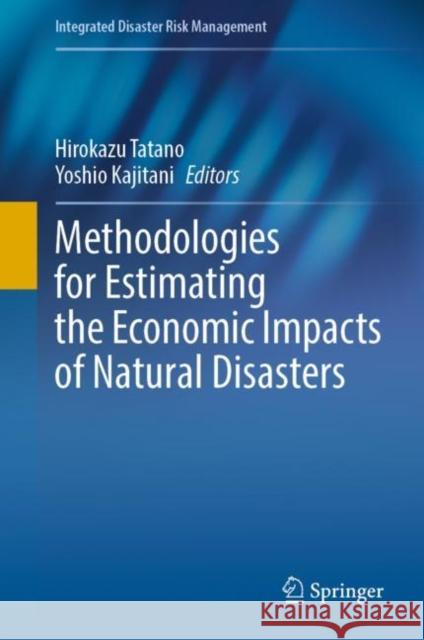Methodologies for Estimating the Economic Impacts of Natural Disasters » książka
topmenu
Methodologies for Estimating the Economic Impacts of Natural Disasters
ISBN-13: 9789811627187 / Angielski / Twarda / 2021 / 90 str.
Methodologies for Estimating the Economic Impacts of Natural Disasters
ISBN-13: 9789811627187 / Angielski / Twarda / 2021 / 90 str.
cena 563,56
(netto: 536,72 VAT: 5%)
Najniższa cena z 30 dni: 539,74
(netto: 536,72 VAT: 5%)
Najniższa cena z 30 dni: 539,74
Termin realizacji zamówienia:
ok. 22 dni roboczych
Dostawa w 2026 r.
ok. 22 dni roboczych
Dostawa w 2026 r.
Darmowa dostawa!
Kategorie BISAC:
Wydawca:
Springer
Seria wydawnicza:
Język:
Angielski
ISBN-13:
9789811627187
Rok wydania:
2021
Wydanie:
2022
Numer serii:
000799022
Ilość stron:
90
Waga:
0.32 kg
Wymiary:
23.88 x 20.32 x 1.02
Oprawa:
Twarda
Wolumenów:
01











